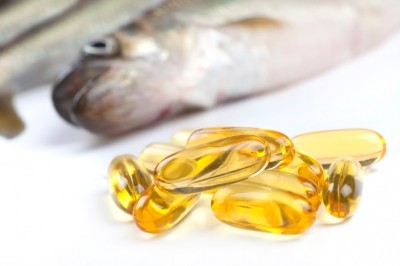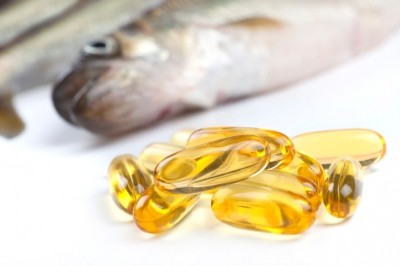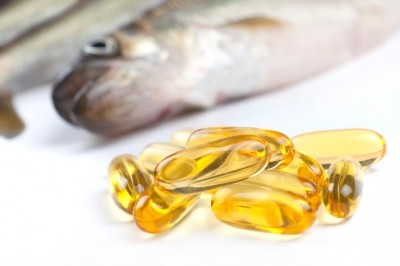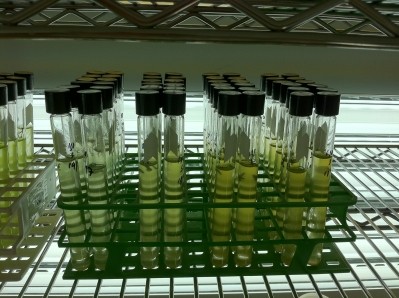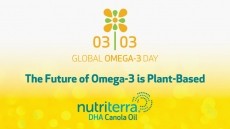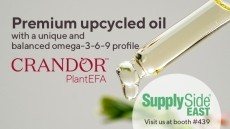Marine, but not plant, omega-3s may boost heart health for women: Study
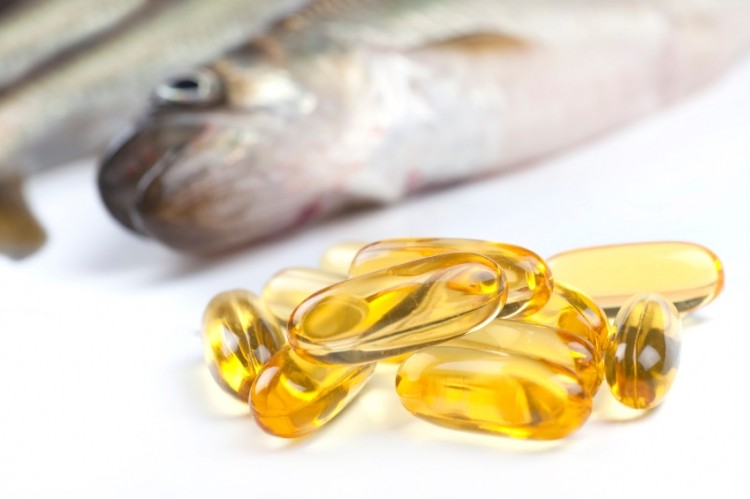
High intakes of long chain omega-3 eicosapentaenoic acid (EPA, C20:5 n-3) and docosahexaenoic acid (DHA, C22:6 n-3) was associated with a 38% reduction in the risk of ischemic heart disease (IHD) in women, but not men, according to findings published in the American Journal of Clinical Nutrition.
“On the basis of our results we therefore conclude that higher intake of n-3 [long chain polyunsaturated fatty acids] LC-PUFA, but not ALA (and [the omega-6 linoleic acid] LA), reduced the risk of IHD among a representative subgroup of Danish women and men,” wrote researchers from the Institute of Preventive Medicine, Aarhus University, and the University of Copenhagen.
ALA, EPA, DHA
Much attention has been paid to the conversion of ALA to the longer chain EPA, with many stating that this conversion is very small. Indeed, between 8 and 20 per cent of ALA is reportedly converted to EPA in humans, and between 0.5 and 9 per cent of ALA is converted to DHA.
In addition, the gender plays an important role with women of reproductive age reportedly converting ALA to EPA at a 2.5-fold greater rate than healthy men.
According to the Danish researchers, the conversion is also affected by levels of EPA and DHA, and that “it is therefore possible that ALA may particularly reduce the risk of IHD among subjects with a low [long chain omega-3s] intake.
“High intake of [long chain omega-3s] may also blur the effect of ALA because of the former’s much higher potency and thus saturation, which seem to occur at intake of fish once a week.”
Study details
Healthy volunteers were recruited to participate in the prospective cohort study. Data was analyzed from 3,277 healthy Danish women and men.
During 23 years of study, 471 cases of IHD were documented. When the researchers crunched the numbers, they calculated that intakes of ALA did not significantly decrease the risk of IHD among men or women.
They do note, however, that there was a trend for reduced risk of IHD in men for increasing ALA intakes, but this was not statistically significant.
The researchers note that high intakes of long chain omega-3s ranging from 0.45 to 11.2 grams per day were associated with a 38% reduction in IHD risk for women only.
“The estimated median daily intake of ALA in the present study was 1.2 g/d and 1.6 g/d among women and men, respectively […] The estimated minimum requirement of ALA is 0.5% of energy (about 1.2 g/d) in adults .
“Thus, about one-half of our study population was under the minimum requirement, whereas others had intakes well above 2 g/d.”
This mixture of intakes is necessary to be able to detect potential associations with health, said the researchers.
“On the basis of our results we therefore conclude that higher intake of [long chain omega-3], but not ALA (and LA), reduced the risk of IHD among a representative subgroup of Danish women and men.
“Further larger studies are warranted to examine potential effect modification by different PUFA,” they concluded.
Omega-3 market
The study adds to the ever growing body of science supporting the potential health benefits of omega-3. This has led to a buoyant market for omega-3 products, recently valued at almost $8 billion (€5.57 billion) by Packaged Facts.
According to the new report, the market grew 17% from 2009 and such growth is predicted to continue, said the market researcher.
The US dominates with sales of $4bn (€2.78bn) in foods and drinks compared to $1.3bn (€900m) for dietary supplements, with much of the food and beverage figure accounted for by omega-3 fortified infant foods and formulas.
Source: American Journal of Clinical Nutrition
Published online ahead of print, doi:10.3945/ajcn.111.018762
“Dietary α-linolenic acid, linoleic acid, and n–3 long-chain PUFA and risk of ischemic heart disease”
Authors: M. Sadowa Vedtofte, M.U. Jakobsen, L. Lauritzen, B.L. Heitmann
